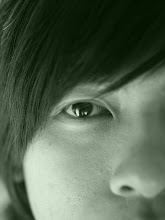Fisrt of all we stayed at Tanjung Aru Resort. The architecture here is very rustic and warm with the clever use of materials and structural elements that also become part of the aesthetics.
Refreshments from Tanjung Aru reception
Then we headed to the Sunday Street Market. There are interesting things sold here.
Locals petting stranger's dog
Local handicrafts from Sabah
Local beggars. They don't look very poor, do they?
Interesting that a broken chair can be used as leg rest...
Massage service by the visually impaired. A very good idea actually...
Then we headed to the local market...
Then we decided to viist the local zoo...
Ahem, ass licking?
Back at the hotel, we were greeted with local music...
Scenery from the hotel window...
On the last night we stayed at Sutera Harbour Pacific...
Clean waters with colourful fishes at the marina...
A HDR attempt of the marina...
Sutera Harbour Magellan, our neighbour hotel...
Interesting play of natural light...
Huge lobby with high ceilings makes the whole entrance grand with only natural ventilation...
Then we headed to the Sabah Heritage Museum
Sabah Long House
The Sabah Museum is just nearby, no cameras were allowed though...
Very interesting cantilever...
The Sabah skyline...
Hope you enjoy my pictures....


